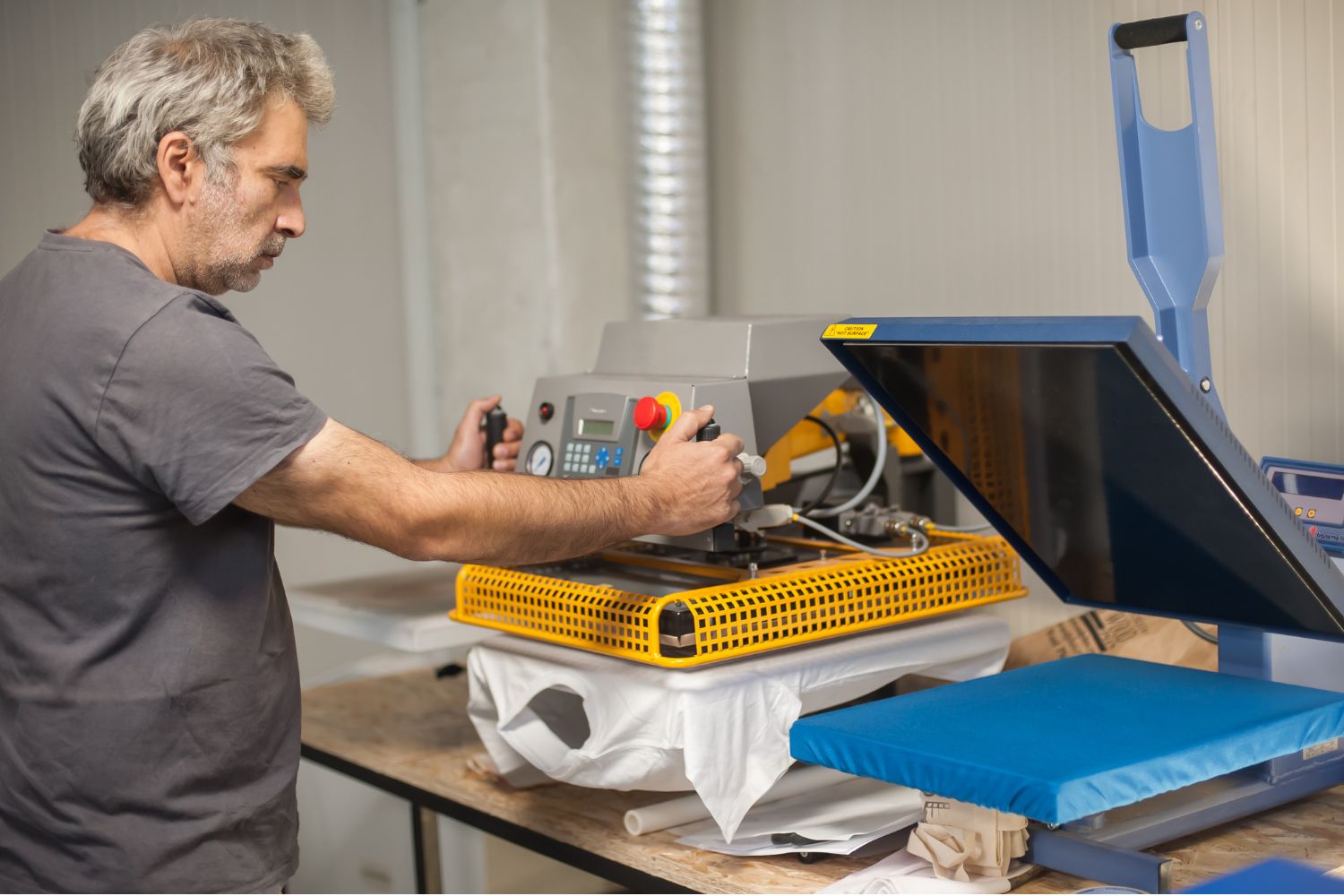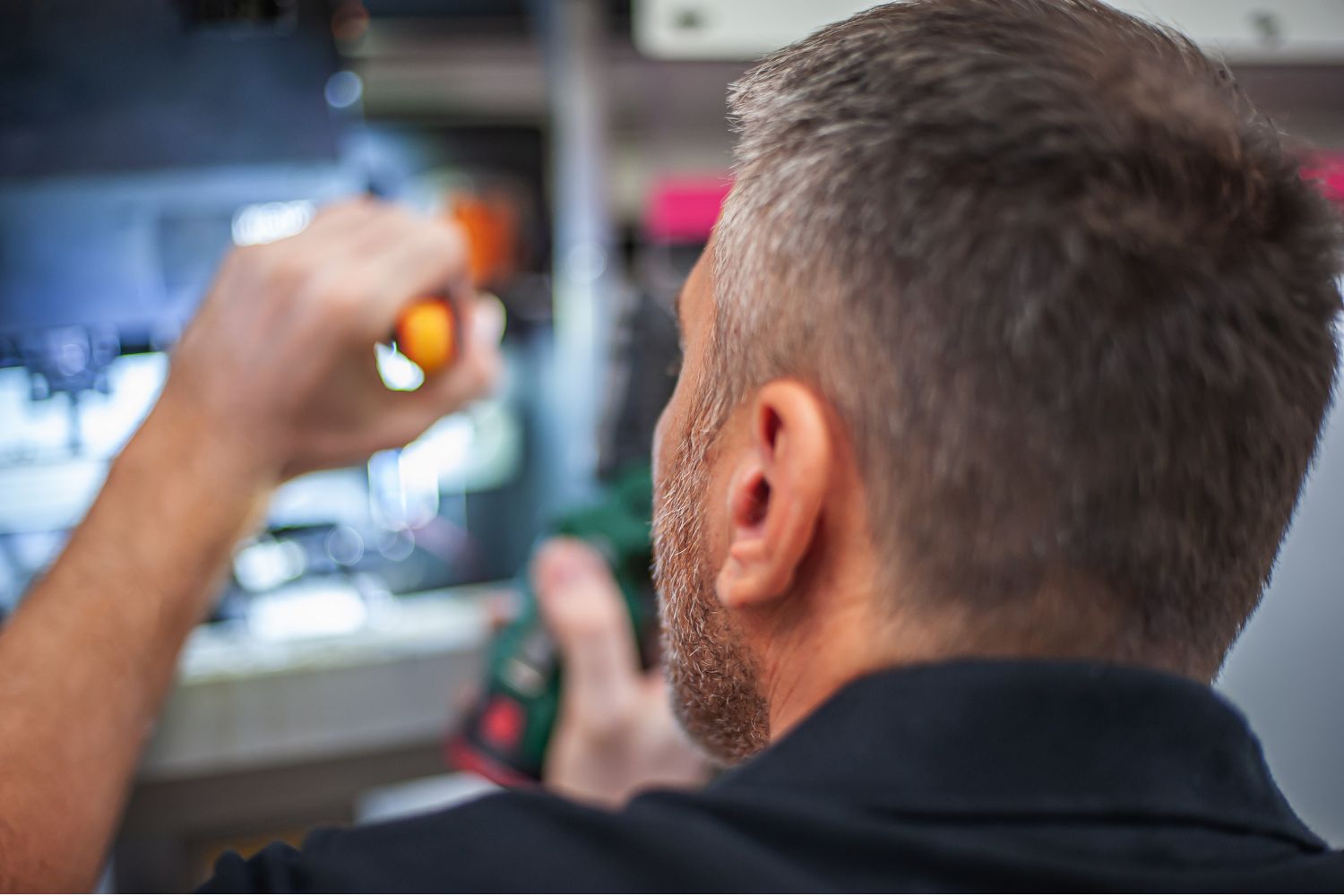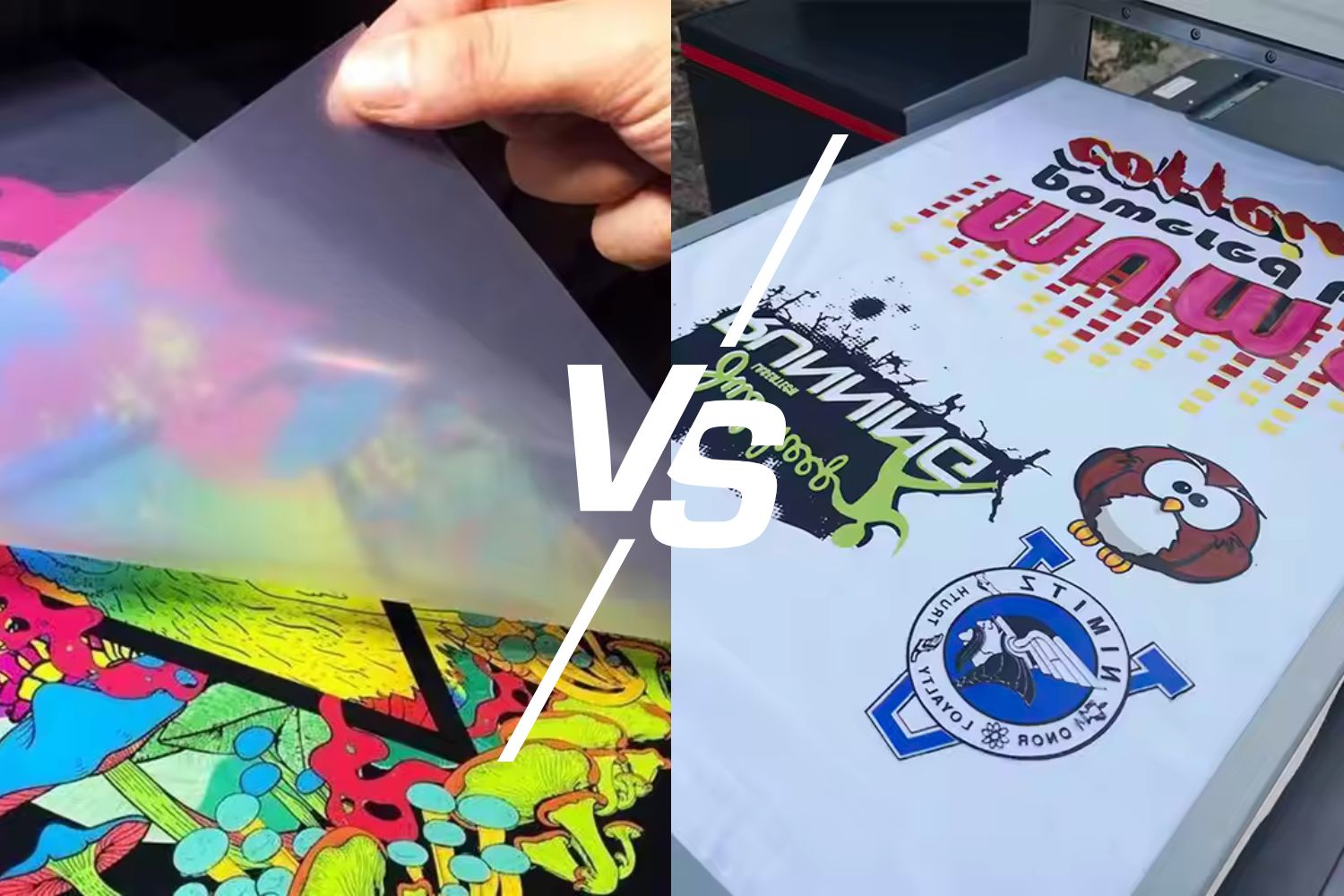Introduction
Direct-to-Film (DTF) textile printing is revolutionizing textile customization. However, mastering this technique isn't just a matter of purchasing equipment: many DTF printing errors can slow your progress and harm your results. Understanding and anticipating these DTF printing errors is essential if you want to achieve consistent, professional quality while protecting your investment.
In this article, we'll present the 5 most common DTF transfer errors, and more importantly, effective methods for avoiding them permanently. Each error has a direct cost: lost time, wasted ink or film, customer dissatisfaction, and, ultimately, a significant drop in your profitability. To avoid this vicious cycle, it's essential to spot these DTF transfer errors at their earliest signs.
Most beginner DTF users encounter the same difficulties. These DTF transfer errors usually stem from a lack of experience, poor hardware selection, or simply a lack of technical knowledge. However, with the right advice and the right products, these problems are easy to correct, allowing you to immediately improve your productivity and print quality.
👉 Discover our complete collection dedicated to DTF transfer without delay to easily avoid all these DTF transfer errors and succeed in each of your prints!
Common Mistakes When Printing DTF Film
Among the most common DTF transfer errors, those related to film printing are particularly problematic. An incorrect print setup can quickly ruin an entire production run, resulting in considerable losses.
Incorrect print settings
Incorrect resolution, speed, or color intensity settings can cause blurry or faded prints. These DTF transfer errors directly impact the final product quality, which may be rejected by your customer.
For example, too low a resolution will result in a pixelated and unusable visual, while too fast a print speed can cause the ink to dry insufficiently, making transfer impossible.
👉 Fix these DTF transfer errors by choosing our professional DTF ink.
Inappropriate choice of transfer film
Each DTF film has its own specific characteristics. Choosing a film that isn't suited to your inks or textiles results in poor-quality prints that are difficult to transfer effectively.
👉 Choose our professional DTF transfer films now and avoid these mistakes.
Poor preservation of the printed film
Poor storage of the printed film (humidity, dust) causes rapid degradation of the transfer. You will then have to redo your prints, thus wasting time and money.
Common Mistakes When Applying DTF Adhesive Powder
Applying the adhesive powder is a crucial step, and some DTF transfer mistakes made here can seriously compromise the final result.
Uneven application of powder
Uneven distribution of the adhesive powder creates areas of low adhesion on the transfer, significantly reducing the durability of your print.
For example, applying too light a dose on some parts of the film will produce an uneven transfer, likely to peel off after just a few washes.
Wrong choice of adhesive powder
Some adhesive powders are not compatible with all DTF inks or films. This inappropriate choice is one of the most costly DTF transfer mistakes.
Insufficient temperature during drying
If your adhesive powder is not heated to the correct temperature, it will not adhere effectively to the film, thus preventing optimal heat transfer to your textile.
Errors in DTF thermal transfer
Heat transfer is the decisive step in DTF, and poor execution at this stage systematically results in major defects in your finished products.
Incorrect pressing temperature or time
Among the DTF transfer errors, an inadequate temperature or poorly controlled time causes either an incomplete transfer or degradation of the textile.
For example, pressing too short will not allow the adhesive powder to melt properly, causing the transfer to peel off quickly after washing.
Insufficient or excessive pressure
Improperly adjusted pressure prevents uniform transfer. Too low a pressure creates untransferred areas; too high a pressure damages your fabric.
Poor preparation of the textile before transfer
A damp or poorly prepared textile will result in uneven transfer, aesthetic defects, or even complete transfer failure.
👉 Prepare your textiles efficiently with our professional DTF solutions.
Errors related to the maintenance and upkeep of DTF equipment
Maintaining your DTF equipment is essential. Ignoring this step will ultimately create serious production problems.
Lack of regular cleaning of the printer
Clogged or poorly cleaned nozzles reduce print quality, quickly causing costly DTF transfer errors.
👉 Preserve your printer with our DTF cleaning solution.
Ignoring signs of hardware wear
Postponing a repair or ignoring a minor problem is a serious DTF transfer mistake, as it often leads to a larger and costly breakdown.
Neglecting continuing education
Poorly trained staff make more technical errors, which significantly increases production costs.
Conclusion
You now know the main DTF transfer errors to avoid. Each step of your process must be perfectly controlled, because every mistake costs your business dearly. By rigorously applying the advice in this article, you will immediately gain efficiency, reduce your production costs, and offer exceptional quality products to your customers.
👉 Visit our complete collection dedicated to DTF transfer to permanently eliminate these DTF transfer errors from your workshop and guarantee your success in the textile customization market!




Leave a comment
This site is protected by hCaptcha and the hCaptcha Privacy Policy and Terms of Service apply.